This book on World Heritage sites in India has two objectives: one, to highlight the archaeological context and cultural landscapes relating to monuments inscribed in the UNESCO World Heritage list; and second, to draw attention to urban pressures that impact the conservation and preservation of many of these sites and the need for comprehensive management strategies to ensure their continued survival. While six are natural properties, the Archaeological Survey of India has twenty of the twenty-four World Heritage cultural sites in India under its administrative control. These may be categorized into: caves, churches and convents, forts, monastic complexes, mosques, palaces, rock-shelters, temples, and tombs. This list, by and large, focuses on either single monument or groups of monuments, bereft of cultural moorings. It is important that archaeological and historical inputs regarding the wider cultural milieu of World Heritage sites be introduced through site management plans, interpretation centres and heritage bye-laws to aid in holistic appreciation of the ‘monument’ or ‘group of monuments’. Clearly, there is an urgent need for change in our understanding and appreciation of not only World Heritage sites, but also policies to ensure their preservation. It is this need for change that the papers by archaeologists, historians and heritage specialists in this edited book articulate and discuss.
View cart “Ajanta Paintings: Their Composition, Technique Deterioration and Preservation” has been added to your cart.
Indian World Heritage Sites in Context
Add to favorites
Contents
$127.80
$142.00
In stock
Free & Quick Delivery Worldwide
All orders amounting to US$ 50 or more qualify for Free Delivery Worldwide. For orders less than US$ 50, we offer Standard Delivery at $14 per book.
ABOUT THE AUTHOR Himanshu Prabha Ray
Himanshu Prabha Ray is associate Professor at the Centre for Historical Studies, Jawaharlal Nehru University, where she has taught since 1980. Her publications include Monastery and Guild: Commerce under the Satavahanas, Oxford University Press, 1986; The Winds Change: Buddhism and the Maritime Links of Early south Asia, Oxford University Press, 1994 (reissued as Oxford India Paperbacks, 1998); The Archaeology off Seafariing in Ancient South Asia, Cambridge University Press, 2003. In 1996, she jointly edited with Jean-Ffrancois Salles a volume titled, Tradition and Archaeology: Early Maritime Contacts in the Indian Ocean, Manohar, 1996. another volume Archaeology of Seafaring: The Indian Ocean in the ancient Period, was published in the Indian Council of Historical Research Monograph Series I, New Delhi, 1999.
ABOUT THE AUTHOR Manoj Kumar
Group Captain Manoj Kumar VSM, is a mechanical engineering graduate from Institute of Technology, Banaras Hindu University (IT BHU), India. He is serving Indian Air Force (IAF) officer and has field assignments in the last 24 years of his engagements with the IAF. He has been awarded the Presidential medal for distinguished service. He is presently a senior Research Fellow at the Centre for Air Power Studies, working on issues of environmental change and its management by the Indian military. He is a resource person with the United Nations Environment Programme (UNEP) for protection of the ozone layer, and has presented research papers on the subject at both national and international levels. He also provides specialist advice to the IAF on the phase-out of ozone depleting substances. His work has been published by UNEP in the form of a book on ozone protection, Toolkit of Good Practices for Defence Forces. His focus areas also include energy conservation and resource efficiency in the defence forces.
reviews
0 in total
Review by Anonymous
Be the first to review “Indian World Heritage Sites in Context” Cancel reply
You must be logged in to post a review.
Bibliographic information
Title
Indian World Heritage Sites in Context
Author
Edition
1st. ed.
Publisher
ISBN
9788173055218
Length
xvi+135p., Illustrations; Chiefly Colour; Maps; Some Colour; 29cm.
Subjects
more by Himanshu Prabha Ray see more
Negotiating Cultural Identity: Landscapes in Early Medieval South Asian History
This volume breaks new ...
$55.80
$62.00
more by Manoj Kumar see more
Ayurveda and Yoga
$45.90
$51.00
Ayurvedic Tourism
$45.90
$51.00
similar bookssee more
Heritage of Gujarat through Coins: The Princely States of Chhota Udepur, Deogarh Baria, Lunavada and Sunth
This is about the heritage ...
$225.00
$250.00

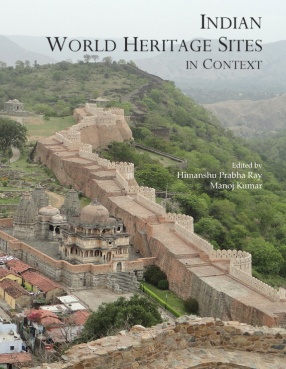
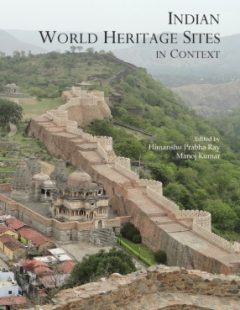
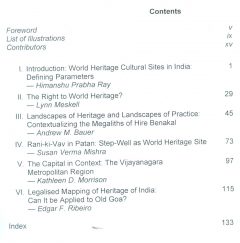
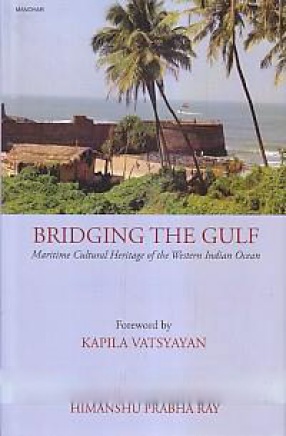
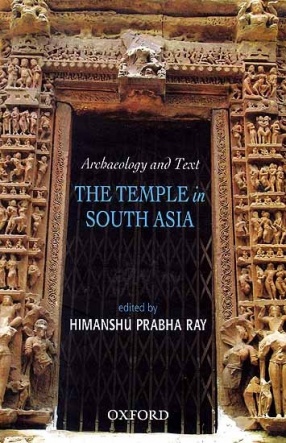

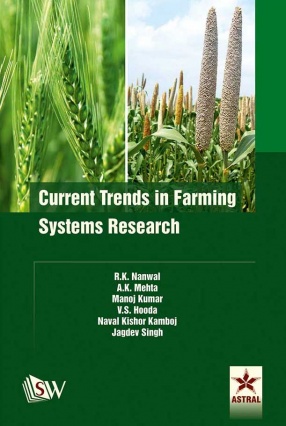

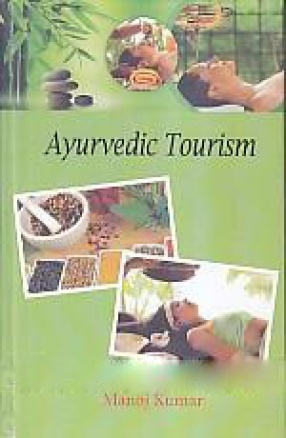
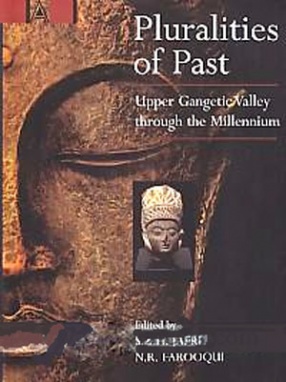
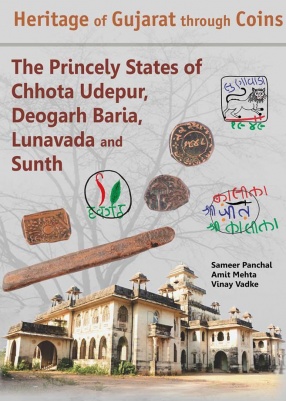

There are no reviews yet.